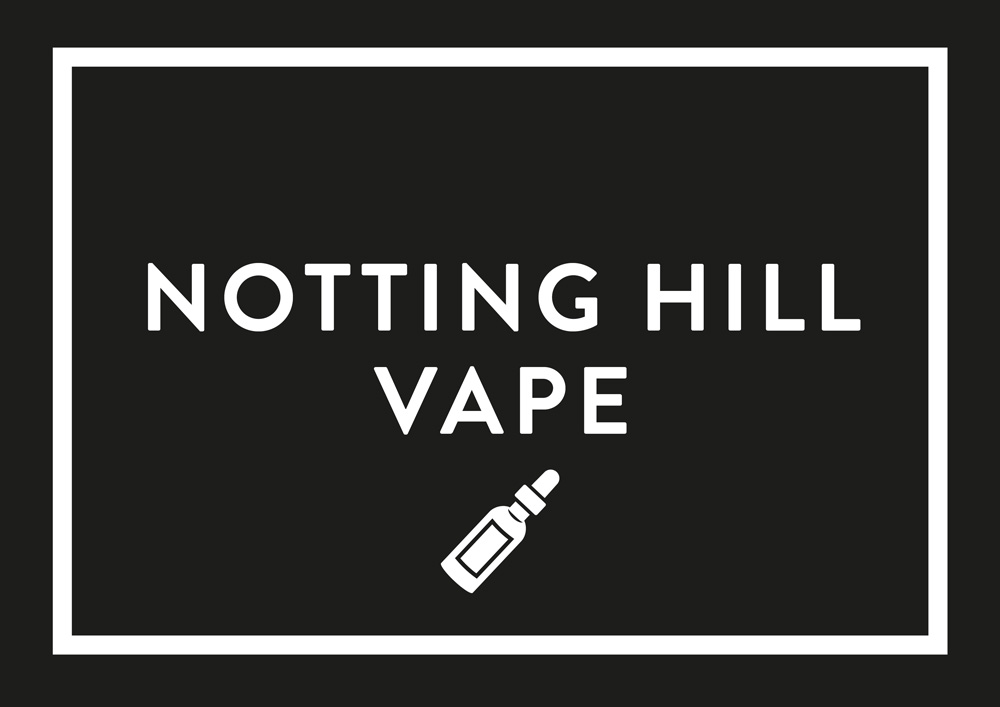What Does MTL or Mouth To Lung Inhale Mean?

Mouth to lung, or MTL inhale and direct to lung, or DTL, are words you will hear often in the vaping community. But what does MTL and DTL mean exactly?
WHAT DOES MTL OR MOUTH TO LUNG INHALE MEAN?
Mouth to Lung (MTL / ML) means inhaling by filling the mouth with vapour before further inhaling into the lung.
Similar to the way you puff a cigarette
Think about drinking through a straw instead of downing a pint
WHAT IS DTL OR A DIRECT TO LUNG INHALE?
Direct Lung Inhale (DLI) / Direct to Lung (DTL) / Direct Lung (DL): Inhaling vapour straight to the lung.
- Think about sucking in air from a balloon
- Another way to think about it is inhaling straight from your lungs instead of your mouth
- Often compared to how you use hookah
THE MTL VAPE EXPERIENCE
MTL vape devices are recommended to smokers since it mimics the smoking sensation. Before sub-ohm vaping became popular, all vaping devices were MTL to create a smoother transition into vaping.
Here are common characteristics in MTL vaping:
- Low Wattage Devices: Less than 20 watts and are not for cloud chasing, meaning it does not have high cloud production
- Ultra-portable Devices: Due to smaller battery size, devices are pocket-friendly compared to sub-ohm devices and have fewer features such as variable wattage or temperature control
- Tighter Draw: Mouthpiece is narrow and the tighter the draw, the closer it is to a mouth to lung device
- High Resistance Coils: Coils are greater than 1.0 ohm. Coils with high resistance will produce less vapor.
- High Nicotine Strength: More effective with high nicotine strengths such as nicotine salts (25-50 mg) due to lack of vapor production
- Weaker Throat Hit: Less cloud production equals less throat hit. It makes it easier to chain vape.
- More Flavour: MTL vape has high flavor intensity since the vapor lingers in your mouth longer.
THE DTL INHALE EXPERIENCE
DTL vape devices have become a popular choice among vapers due to the mainstream adoption of sub-ohm vaping. Mods are known for their power and advanced personalization features.
Here are common characteristics of DTL vaping:
- High Wattage Devices: Increased power equals greater cloud production resulting in higher e-liquid consumption.
- Larger Devices: Compared to MTL vape devices, DTL devices are larger due to battery size.
- Sub-ohm coils: Coils are less than 1.0 ohm. Coils with lower resistance increase cloud production. DTL devices are not limited to sub-ohm coils and can use higher resistance coils depending on the device.
- Airflow Control: Larger mouthpiece but can adjust airflow to increase/decrease throat hit.
- Intense Throat Hit: Higher wattages create bigger clouds and a warmer vape for a fulfilling throat hit. Throat hit is essential in vaping to replicate the feeling smokers are accustomed to when smoking cigarettes.
- Lower Nicotine Strength: High nicotine strength is not necessary due to an increase in power. DTL vaping requires only 3 - 6 mg of nicotine. Higher than 12 mg nicotine is not recommended.
- Possibly Less Favour: DTL vaping results in less flavor since the vapor goes directly to the lung. The more air flowing through your coils, the vapor density decreases which results in less flavor but more voluminous clouds. However, higher flavor intensity can be achieved by tweaking wattages/temperature settings, restricting airflow, and experimenting with different resistances in coils.

